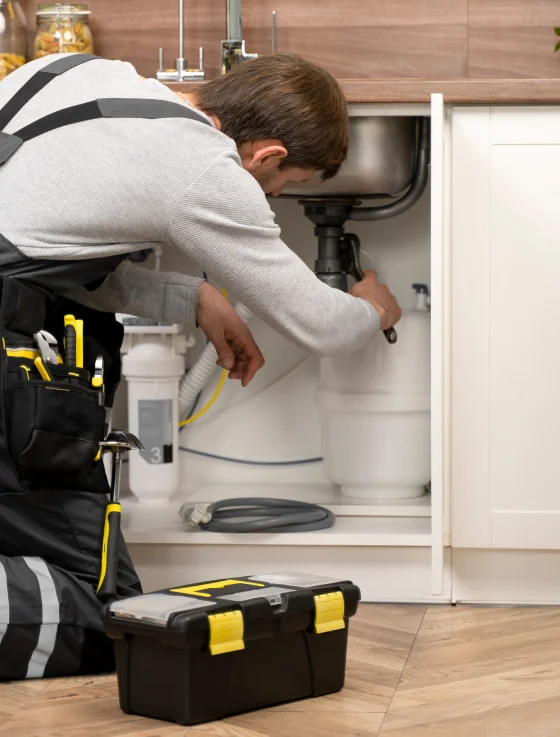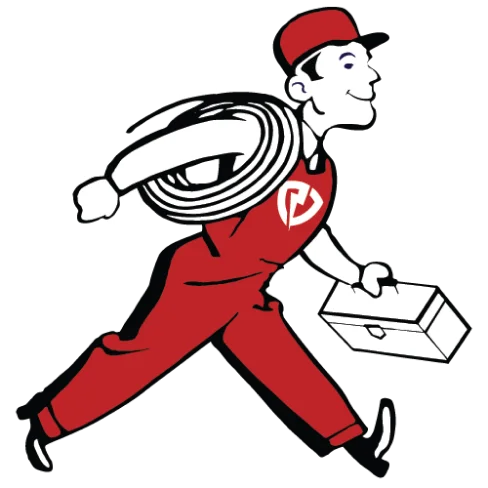A continuously draining dishwasher can waste water, increase energy bills, and create a strong need for immediate troubleshooting or dishwasher repair. This issue usually stems from faulty components or improper signals from the appliance’s control board, keeping the drain pump running constantly. When your dishwasher doesn’t know when to stop draining, it’s essential to identify the cause and fix it quickly.
Check if the float switch is stuck, as this may incorrectly signal the dishwasher to keep draining, even when unnecessary. The float switch prevents overfilling but can malfunction due to mineral deposits, debris, or physical damage that stops it from working properly. Test the switch manually—if it doesn’t move freely or triggers abnormal behavior, replacing it might be the next necessary step. Effective dishwasher troubleshooting helps identify common issues like poor drainage, strange noises, or unclean dishes before they turn into major repairs.
Step-by-Step: Diagnosing and Fixing the Issue
Unplug the dishwasher or switch off the circuit breaker to ensure safety before attempting any inspection or minor dishwasher repair at home. Remove the bottom kickplate and look for any visible signs of damage, pooling water, or disconnected hoses beneath your appliance. Next, examine the drain hose—if it’s kinked or improperly installed, it can cause continuous draining or improper water flow.
Check for a clogged or stuck check valve, which can keep water flowing in the wrong direction, confusing the drainage system inside your dishwasher. Sometimes, the timer or electronic control board malfunctions and continues sending drain signals when the wash cycle has already ended. In this case, replacing the faulty board will require professional attention, as it involves electrical components and programming. Timely dishwasher appliance repair restores optimal performance, prevents water damage, and extends the life of your kitchen’s most-used cleaning appliance.
Also Read:Why Regular Heat Pump Maintenance with Big Red Services Saves You Money
When to Clean Versus When to Replace Parts
Cleaning parts like the drain hose, filter, and float switch can resolve simple issues without requiring full dishwasher repair from a technician. Remove the drain hose and flush it with hot water to eliminate any grease, food, or mineral buildup blocking the flow. Use a toothbrush or soft cloth to scrub the float switch and filters gently, ensuring no small items hinder their operation.
If cleaning doesn’t solve the problem, replace worn components, especially if they show physical signs of aging or corrosion during your inspection. Ordering OEM (original equipment manufacturer) parts ensures compatibility, durability, and avoids needing additional dishwasher repair due to mismatched replacements. After installation, run a test cycle to observe if draining stops as expected and the dishwasher resumes normal operation.
Professional Help vs DIY: Know When to Call Experts
If you’ve checked all visible parts and the dishwasher still drains non-stop, it’s time to contact a dishwasher repair technician. Professionals use diagnostic tools to test electrical systems and sensors that may be beyond a homeowner’s scope or toolkit to assess. They can also spot hidden issues like wiring shorts or software glitches that only occur under specific circumstances during cycles.
Delaying professional help can increase risks of water damage, worn-out motors, or even burnout of your dishwasher’s control board entirely. Reaching out early saves time and money, allowing your appliance to operate correctly and efficiently without prolonged stress or noise. Expert help often comes with a warranty on parts and labor, ensuring peace of mind with long-term solutions in place.
Preventing Future Drainage Issues: Maintenance Tips
A dishwasher drainage problem can lead to water backups, unpleasant odors, and poor cleaning results if not addressed promptly and properly. Clean your dishwasher regularly to prevent food particles and grease from accumulating in filters and hoses, which can trigger unnecessary draining cycles. Run vinegar or baking soda cleaning cycles monthly to dissolve mineral deposits, which interfere with sensors and float switches inside your dishwasher system. Always check your drain hose for blockages or misplacement when moving your dishwasher during kitchen cleaning or repairs.
Avoid using excessive dish detergent, which can cause foaming and clog filters, prompting the machine to drain continuously to compensate. Inspect your dishwasher’s performance after every wash cycle—any strange sounds or prolonged draining times could signal an emerging issue worth addressing early. Schedule professional maintenance once a year to avoid costly repair and extend the life of your appliance.
Final Thoughts
When you understand why your dishwasher won’t stop draining, fixing it becomes easier and less intimidating for the average homeowner. A mixture of regular maintenance, informed DIY inspections, and timely professional assistance can prevent costly long-term repair needs. Address the issue early, and your dishwasher will continue operating smoothly, saving you time, money, and stress.
A functioning dishwasher is more than a luxury—it’s an essential part of modern living that supports cleanliness, convenience, and overall kitchen hygiene. Don’t ignore signs of malfunction—fix what you can, know your limits, and always seek professional help when needed to avoid further complications.“Dishwasher won’t stop draining? BigRed Services is here to help—call now and speak with our repair expert today!”


